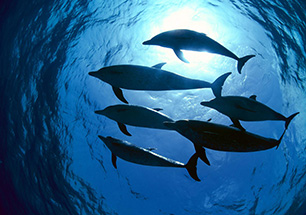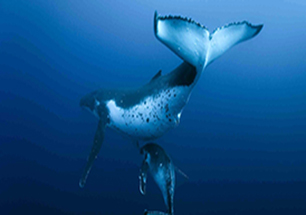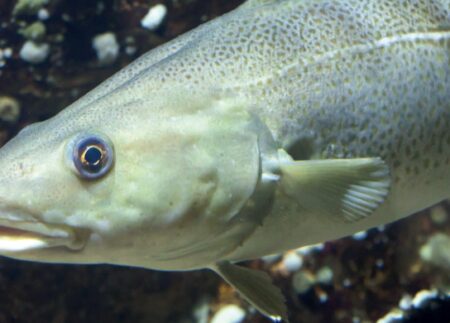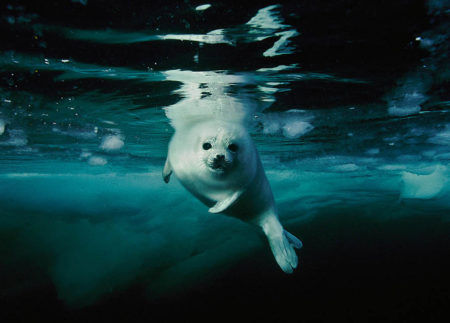KEY QUESTIONS
- Can the PCAD/PCoD model lead to a predictive model that is usable in risk assessment and regulations?
- How can we incorporate the biological significance of behavioural response into industry risk management practices and future Programme research?
SUMMARY
The ultimate goal of this effort was to develop and implement a practical risk assessment framework to assess how behavioral reactions might translate into population-level effects. The research team took a bioenergetics approach, focused on behavioral changes that reduce foraging or increase energetic costs. The data-driven bioenergetics modeling was the preferred approach because it is less prone to subjective opinions than the interim approach, which relies primarily on expert opinions. The bioenergetic approach directly supported the development of a general framework for implementation of a Stochastic Dynamic Programming (SDP) model for acoustic disturbance; SDP models examine how animals can adjust their behavior to maximize fitness even when disturbance occurs. The team created a SDP model for California sea lions, blue whales, as well as a basic gray whale bioenergetics model.
Objectives and methods
- Collected field data on California sea lions, northern elephant seals, and bottlenose dolphins to provide empirical data for quantification of the transfer functions required for the PCoD model
- Develop tools for the analysis of tracking data that provides the basis for using tracking data to assess the potential of species for exposure to disturbance
- Developed a behavioral model to explore body condition thresholds and pregnancy status and mortality in elephant seals
- Develop data-driven PCAD/PCoD models for multiple pinniped and cetacean species with a variety of life history patterns: capital breeders (continue to feed at sea while returning to land to nurse) , income breeders (at sea feeding period followed by a fasting period on land/ice to nurse offspring), porpoise, pinnipeds, and cetaceans
- Develop a framework where worst-case scenarios are used to look at effects of sound exposure
- Developed a SDP model that can be used to assess effects of disturbance that the worst-case scenario does not eliminate
- Produce conceptual paper summarizing the current state of knowledge and provide guidance on risk assessment that can be used by industry
Importance
This research developed bioenergetic models for a variety of species with different life histories: sea lions, elephant seals, bottlenose dolphins, grey whales, and harbour porpoises. Bioenergetics models allow for the estimation of an individual’s energy use; thus, informing the PCAD/PCoD transfer functions to identify species and/or life history characteristics (growth rate, mortality rate etc.) that are likely to be sensitive or resilient to acoustic disturbance. The statistical method upon which underlies the bioenergetics model is called ‘stochastic dynamic programming’ (SDP). SDP predicts the nature of animal behavioural compensation to maintain maximum reproductive success (fitness) given a novel disturbance that leads to a loss of energy. This was demonstrated with elephant seals and sea lions which can ultimately inform risk assessment. The model assumed that elephant seals would not successfully forage while in a 100 km diameter disturbance region within their foraging and transit paths. The decrease in body fat acquired during exposure was then translated to changes in birth rate and pup survival. Due to their large foraging range, elephant seals were resilient to such a disturbance, showing no population-level effects. However, similar analysis of coastal California sea lions showed greater levels of sound exposure within a 25 km diameter disturbance region. This indicates that sea lions with a more limited foraging range would have greater potential to be impacted by a disturbance within their home range.
Links to other research
This work was built on the products of the other Programme PCAD/PCoD studies that preceded it.
- Part A: Biological Significance Workshop
- Part B: Literature And Models Available
- Part C: Transfer Functions For The PCAD Model
- PART D: Fish: PCAD4Cod – Impact of Seismic Survey Sound Exposure on Fishes
Institutions/PIs
- University of California Santa Cruz (Dan Costa)






